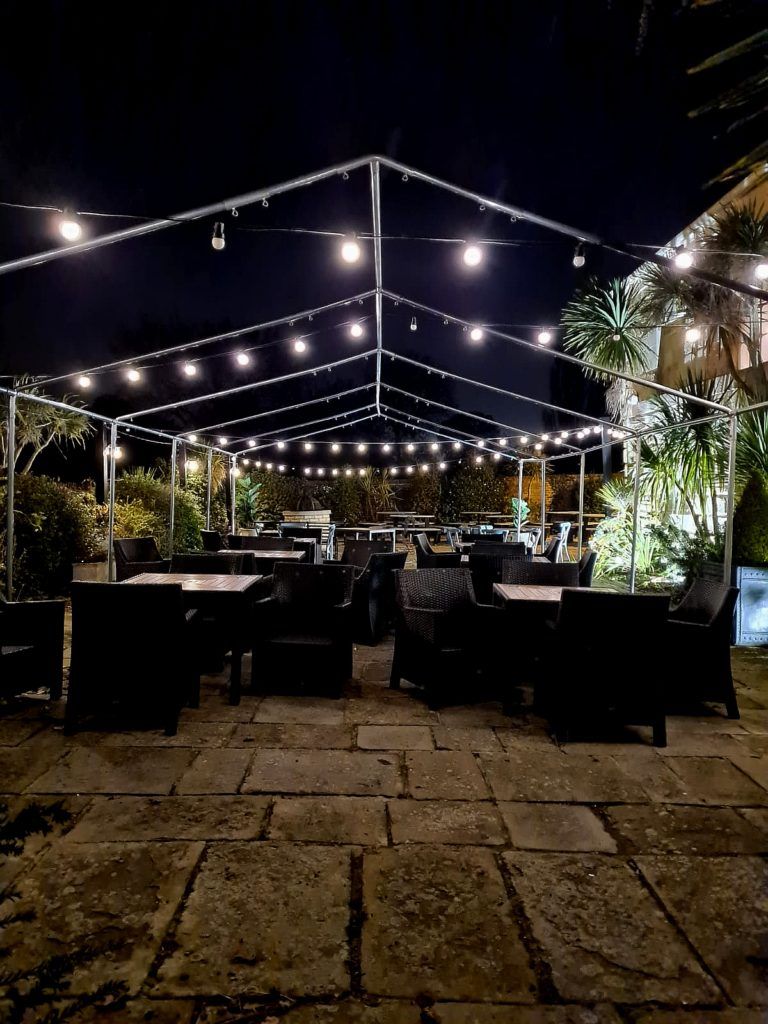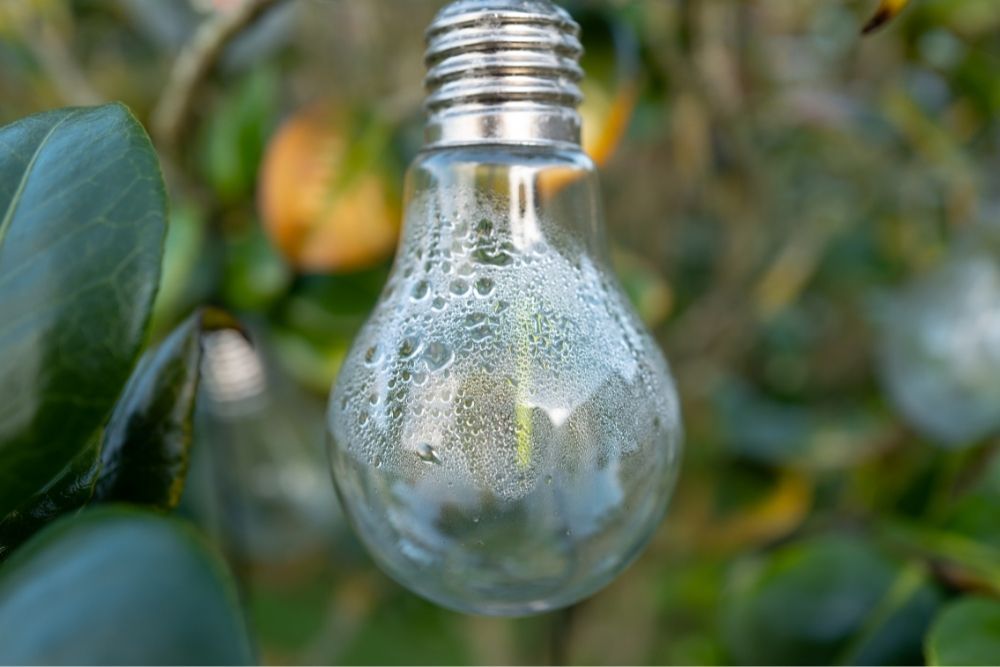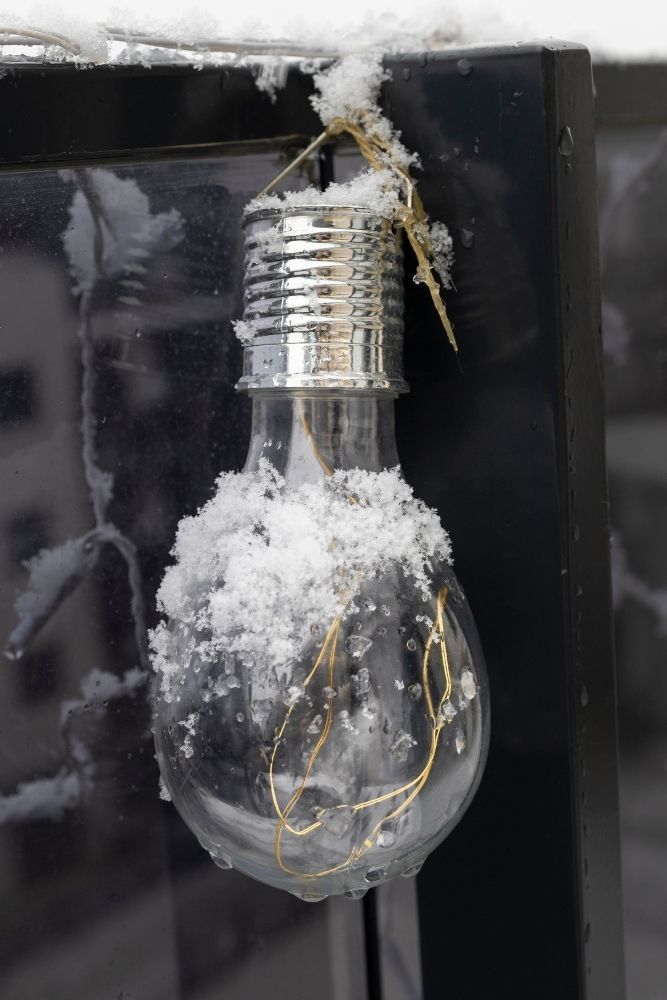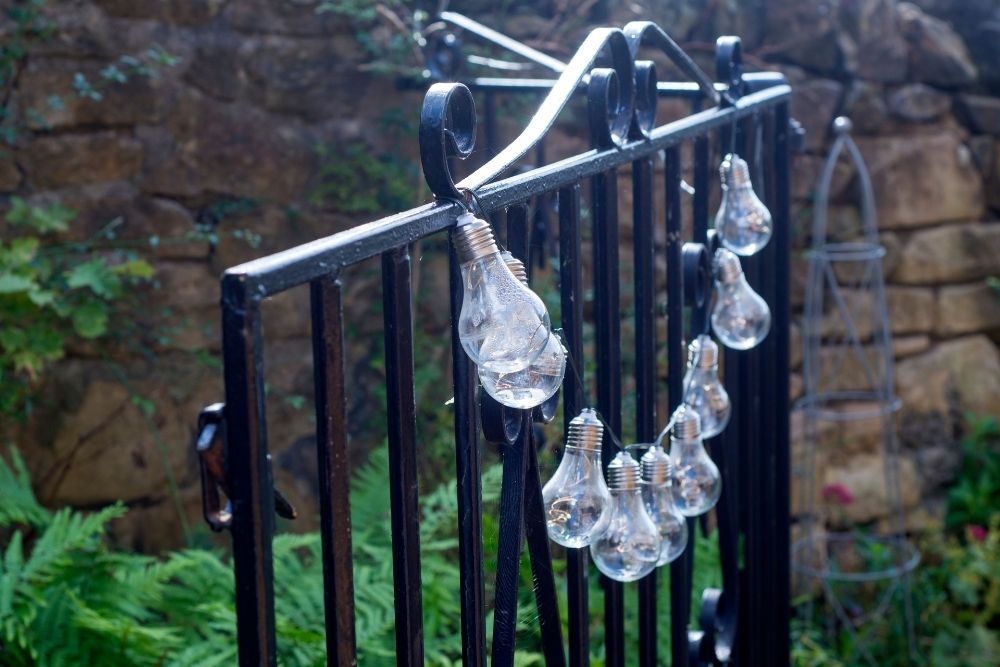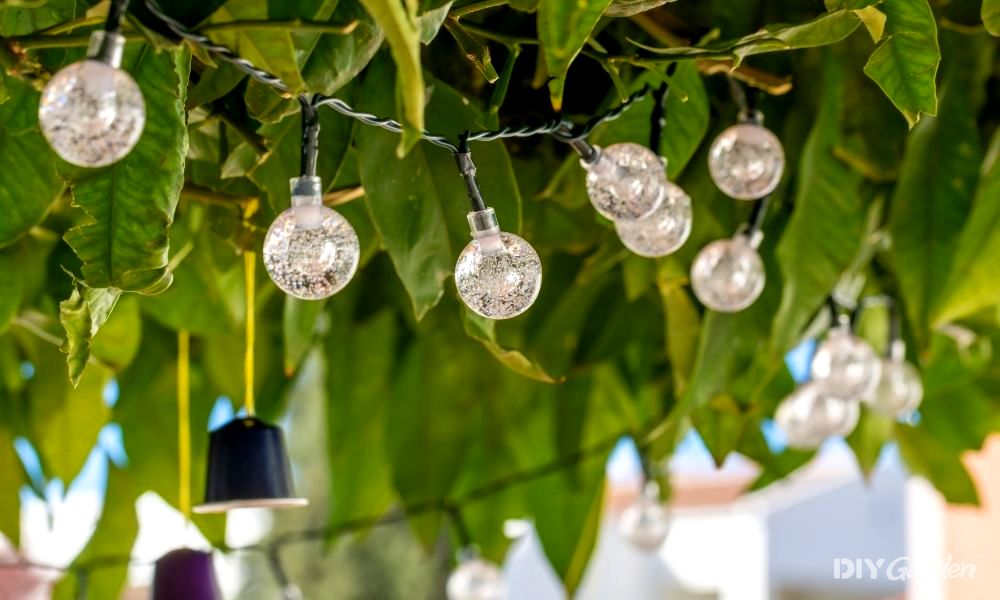
Everything seems to dull down during winter. Your solar garden lights are no exception; they shine gloriously in the hot season, then dwindle as the sun retreats behind the clouds.
This can leave you asking questions. Do solar lights work in winter or is it just your lights playing tricks on you? How long do solar lights last? How can you charge solar lights in winter? Should you bring solar lights in during winter?
In this article, all will be revealed. I’ll also uncover the best way to store solar garden lights in winter.
Do Solar Lights Work in Winter?
Solar lights are a stress-free lighting solution that sparkles every single day of the year without you having to spend a penny.
When solar lights first came into being, they needed the sun. They couldn’t function properly without it. In the colder seasons, there wasn’t enough sun to charge the batteries fully.
This was a real downfall of solar lights. But experts have been hard at work and have found a solution. Monocrystalline panels are used instead of polycrystalline ones – this allows the lights to charge even on dull days. They also now have an in-built emergency system, allowing you to connect a USB cable to charge the battery if necessary.
How Long Do Solar Lights Last?
Sparkling 365 days of the year takes its toll. Solar lights can typically handle 600 charges, which roughly equates to 2 years. After this time, the battery will be just about had it.
But you can get around this. It’s the battery that dies, not the rest of the lighting system, so purchasing lights with a replaceable battery can stop you from having to fork out your cash every 2 years.
Alternatively, buy a set of lights with a bigger battery. It’ll take longer to charge fully, but the lights will shine for longer. And it’s not like you’re paying to charge it! Aim for 1000mAH for small lighting systems and 1800mAH for larger ones.
How Do I Charge My Solar Garden Lights?
It’s tricky knowing how to charge solar lights in winter. With the days getting shorter, your lights may need you to take action. There are several things you can do to ensure your lights are getting as much sun as possible.
Reposition The Solar Panel
Before using your valuable electricity to charge your solar lights, consider the way they’re positioned. In UK winters, the sun isn’t as high up in the sky. The sun rays have more atmosphere to penetrate because of the gloomy, dark clouds. So, naturally, fewer rays are reaching your garden lights in winter.
If your solar panel is positioned at a 45° angle, it’ll be exposed to more sun rays than if it’s facing straight up.
Avoid Shady Spots
Make sure the solar panel isn’t in the shade. Shady spots get fewer sun rays, which reduces the amount your lights can charge.
This may not be such an issue in the summer, but when the darker days begin, you’ll start to see a difference.
Clean The Solar Panel
Solar panels create a lovely ledge for annoying dust and grime. Summer sun rays will easily penetrate these layers of dirt, but during the winter, they’ve got no chance.
Give the solar panels a good clean before winter arrives. This will maximise the rays reaching your lights and allow them to get a better charge.
Just be gentle – solar panels are easily damaged. Clean with a damp microfiber cloth to get rid of those pesky layers of dirt. Stay away from harmful chemicals; just stick to clean water.
Turn Lights Off During The Day
Solar light batteries will charge much more efficiently if they’re turned off. If you can bear the darkness, turn your lights off for 72 hours. This “deep charge” will give them a chance to regenerate.
Repeating this at least once a month will increase the longevity of your lighting system.
Should I Bring My Solar Lights Inside This Winter?
Tiny, twinkly solar lights can typically handle the worst of weather. Solar lamps and spotlights can also withstand the harsh weather as long as they’re not exposed to ice, snow and wet, crumbly leaves.
If, like me, the thought of putting lights up in spring only to get them down in autumn seems like too much effort, invest in a waterproof lighting system. Splashing out a little can often ensure you’re buying durable materials.
Fragile, decorative lights should not be left out during autumn and winter. These lights were made to be enjoyed when you’re spending time outside – this doesn’t include the colder seasons! They’re often made of thinner material that can quickly deteriorate when left out in cold, frosty weather.
Accent lights and water features will need to be stored in a clean, dry place during autumn and winter. Any light systems containing plastic, glass and ceramic (and that’s most of the fancy ones!) are prone to cracking and breaking when left out in the cold.
Fountain pumps are also likely fatalities. Often, pumps contain batteries that don’t do well in cold weather. So leaving them out in autumn and winter is risky business!
Storing Solar Garden Lights
There are some serious dos and don’ts when it comes to storing your solar garden lights. Let’s take a look at each in turn.
1. Turn Lights Off
This may seem obvious, but as we hurriedly remove our lights in the cold weather, it’s easy to forget this simple task.
Leaving your lights on while in storage will drain the battery and reduce longevity. It could also damage the lights themselves.
2. Remove The Battery
Removing the battery prevents that panic moment where you think to yourself, “did I turn the lights off?!”
But even if you’ve turned the lights off, remove the batteries. When you leave batteries in, you risk corrosion occurring. This will break your lights, giving you an unwelcome additional payment come spring.
So take them out and wrap them up in some packing paper. Then place them in the box with the rest of their lighting system.
3. Wrap Lights Up
Lights are prone to damage when boxed up and placed in storage. If you’ve got some bubble wrap or packing paper to hand, wrap up your solar lights. You can also fill the boxes with packing peanuts to stop the lights from hitting the sides.
This step is handy for big glass lights such as orb or festoon lights. It’ll protect the glass, so it’s good to go the following year.
4. Store the Whole System
When lights are positioned in holders or attached to a fitting placed in the ground, it’s easy to forget about the fitting.
But these can also become damaged in the winter. To avoid desecration from the elements, place the whole lighting system in storage.
5. Store Lights in a Dry Place
There’s no point taking time and care when packing your lights away if you’re going to store them in a damp place. Water can corrode the metal and cause long-lasting damage.
An attic with good insulation is the prime storage spot. A dry garage is a good shout too. Avoid outdoor sheds, basements and lean-tos, as they’re typically not water-tight.
Stay Lit!
To keep your lights up come rain or shine, purchase waterproof lights with monocrystalline panels. To improve your lights shine-time, buy lighting systems with replaceable or bigger batteries.
Maximise your lights’ charge by optimising solar panel positioning, cleaning away any grime, and turning your lights off for 72-hour stints.
Decorative lights made of plastic, glass and ceramic will need to be stored indoors during colder weather. Stick them in a dry place, and don’t forget the fittings! Ensure they’re turned off, wrapped up, and the batteries are removed.
